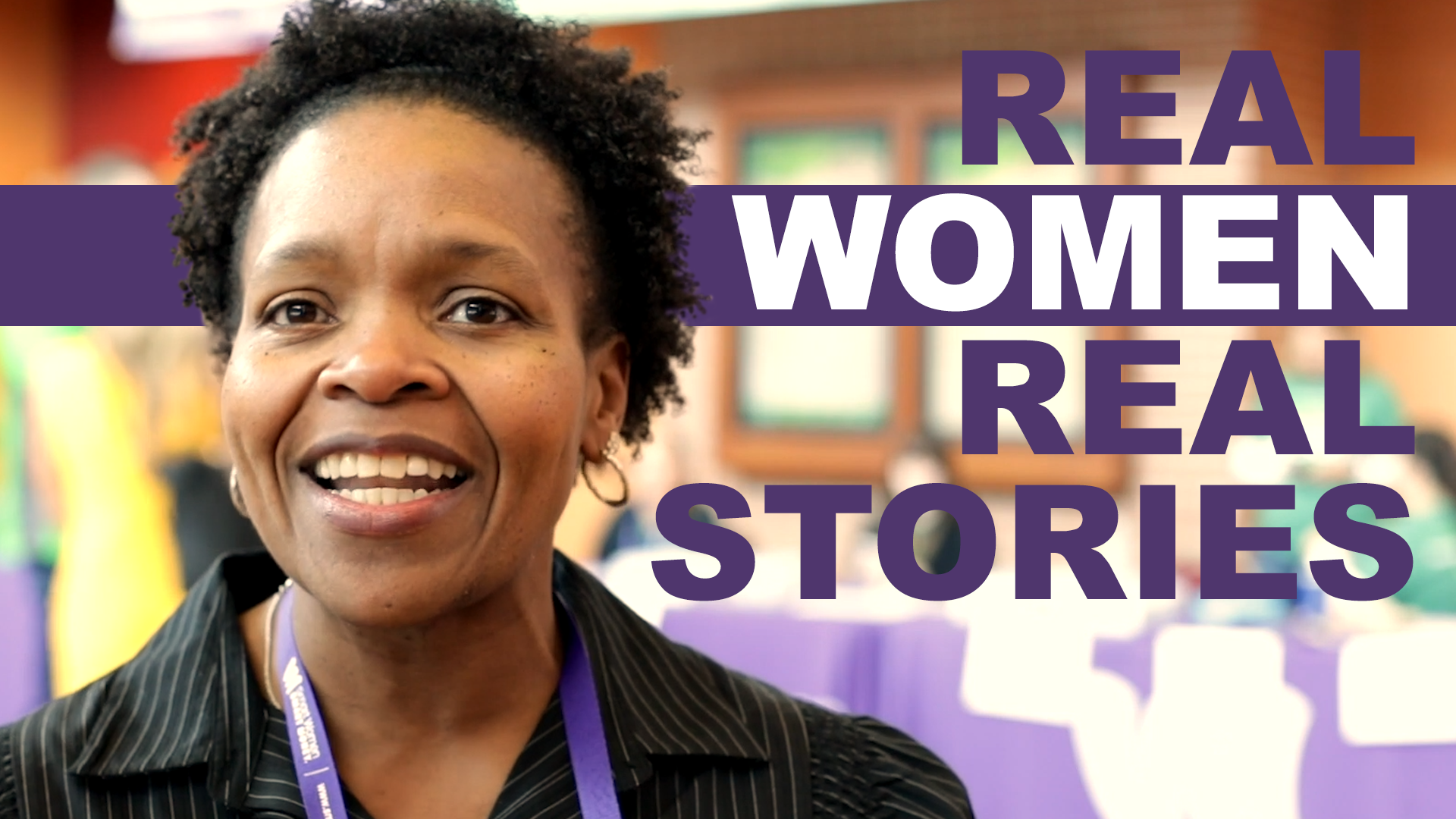By Jamie Oleka
Thanksgiving is a time for families to gather, share a meal, and reflect on their blessings. It’s also the perfect season to teach kids about financial gratitude—a lesson that combines thankfulness with the value of money and resources. In an age where consumer culture dominates, instilling this mindset early can help children grow into adults who appreciate what they have, make thoughtful financial decisions, and give back to their communities.
Start with Gratitude Basics
Before diving into money matters, lay a foundation of general gratitude. Use Thanksgiving as an opportunity to talk about what your family is thankful for—home, food, health, and each other. Encourage your kids to reflect on non-material aspects of life they appreciate, like time spent with loved ones or personal achievements.
Getting the discussion started:
- Share some things that you, as a parent, are thankful for with your child.
- Why is it important to say thank you?
- How does knowing that everything comes from God make a difference in your life?
Activity Idea: Create a “Thankful Tree” where each family member writes something they’re grateful for on a paper leaf. Discuss these as a group to set a tone of thankfulness for the holiday.
Introduce the Concept of Financial Gratitude
Explain financial gratitude simply by appreciating what you have while being mindful of how you spend, save, and share money. Use real-life examples to make it relatable. For instance, talk about how the food on the Thanksgiving table didn’t just appear—it required work, money, and planning.
Tip: Use language appropriate for their age. For younger kids, frame it as “being thankful for the things we buy and how we use our money wisely.” Older kids can explore ideas like budgeting and the importance of saving.
Teach Through Thanksgiving Traditions
Thanksgiving naturally provides moments to discuss financial gratitude, such as grocery shopping for the feast or preparing the meal.
- Involve Kids in Meal Planning: Give your children a budget and let them help plan part of the Thanksgiving meal. They’ll learn to prioritize, compare prices, and make thoughtful choices while staying within the budget.
- Discuss Food Waste: Explain how wasting food is like wasting money. Encourage kids to serve themselves smaller portions and go back for seconds if they’re still hungry.
Learning Moment: Highlight the connection between financial choices and gratitude by showing how careful planning and spending make celebrations like Thanksgiving possible.
Emphasize Giving Back
Thanksgiving is also about sharing our blessings with others. To encourage your kids to be financially grateful, involve them in acts of generosity.
- Donate as a Family: Let your children choose items from your pantry to donate to a local food bank or participate in a charity drive. Talk about how these small gestures can make a big difference for families in need.
- Set Up a “Giving Jar”: Throughout November, encourage kids to set aside part of their allowance or spare change for a cause they care about. Just before Thanksgiving, decide together where to donate the collected funds.
Conversation Starter: Ask your kids how they would feel if they didn’t have enough to eat or a warm place to sleep. Use this as a way to nurture empathy and an understanding of financial disparity.
Foster Thankfulness for Non-Material Things
Financial gratitude isn’t just about money. It’s also about recognizing the value of time, skills, and effort. For example, when discussing your Thanksgiving meal, highlight the work that went into it—from the farmers who grew the produce to the time spent cooking together as a family.
Family Activity: Spend an afternoon volunteering as a family. Whether serving meals at a shelter or helping an elderly neighbor rake leaves, service teaches kids to appreciate what they have while giving back to others.
Encourage Reflection After Thanksgiving
As the holiday winds down, ask your kids to reflect on what they’ve learned. Did they notice anything new about how money and resources are used during Thanksgiving? What did they enjoy most about giving back? Use these discussions to reinforce the importance of ongoing financial gratitude.
Teaching kids financial gratitude during Thanksgiving is a meaningful way to blend the spirit of the holiday with life lessons that will serve them well into adulthood. By showing them how to appreciate what they have, make mindful choices, and give back, you’re helping them build a strong foundation for a future filled with gratitude and generosity.

ABOUT THE AUTHOR
Jamie Oleka, Christ follower, wife, and mother, has extensive experience in K-12 and nonprofit management having most recently served as a Senior Fellow at Kentucky’s Council on Postsecondary Education. Jamie holds a Masters of Education in Instructional Accommodations from Francis Marion University, Masters of Arts in Teaching, and Ed.S. in K-12 Administration from the University of Louisville.










